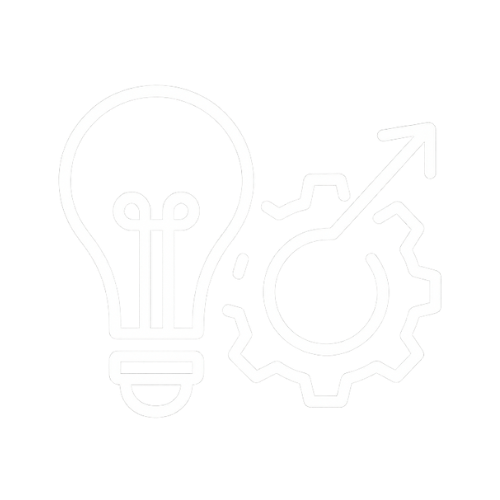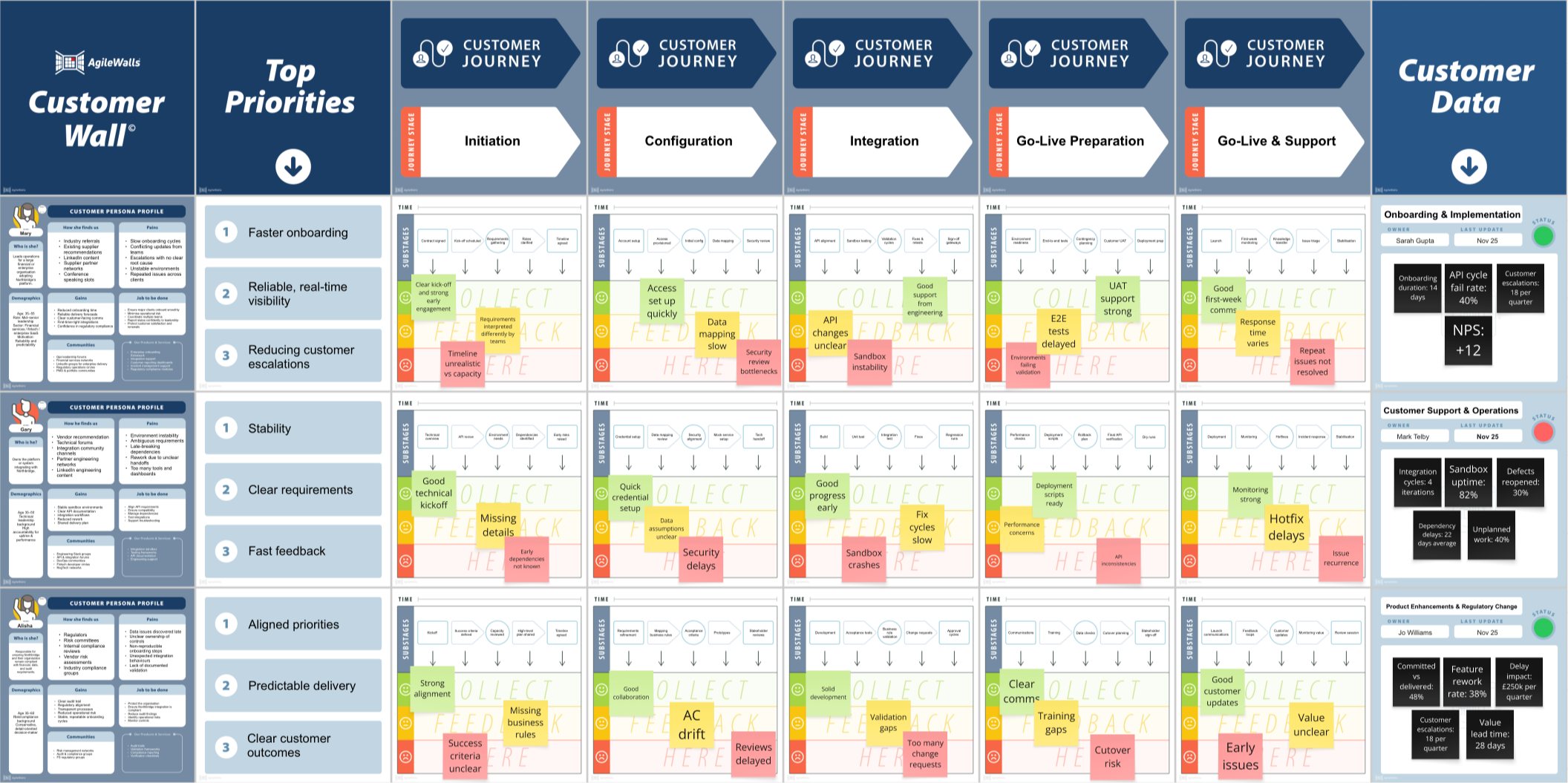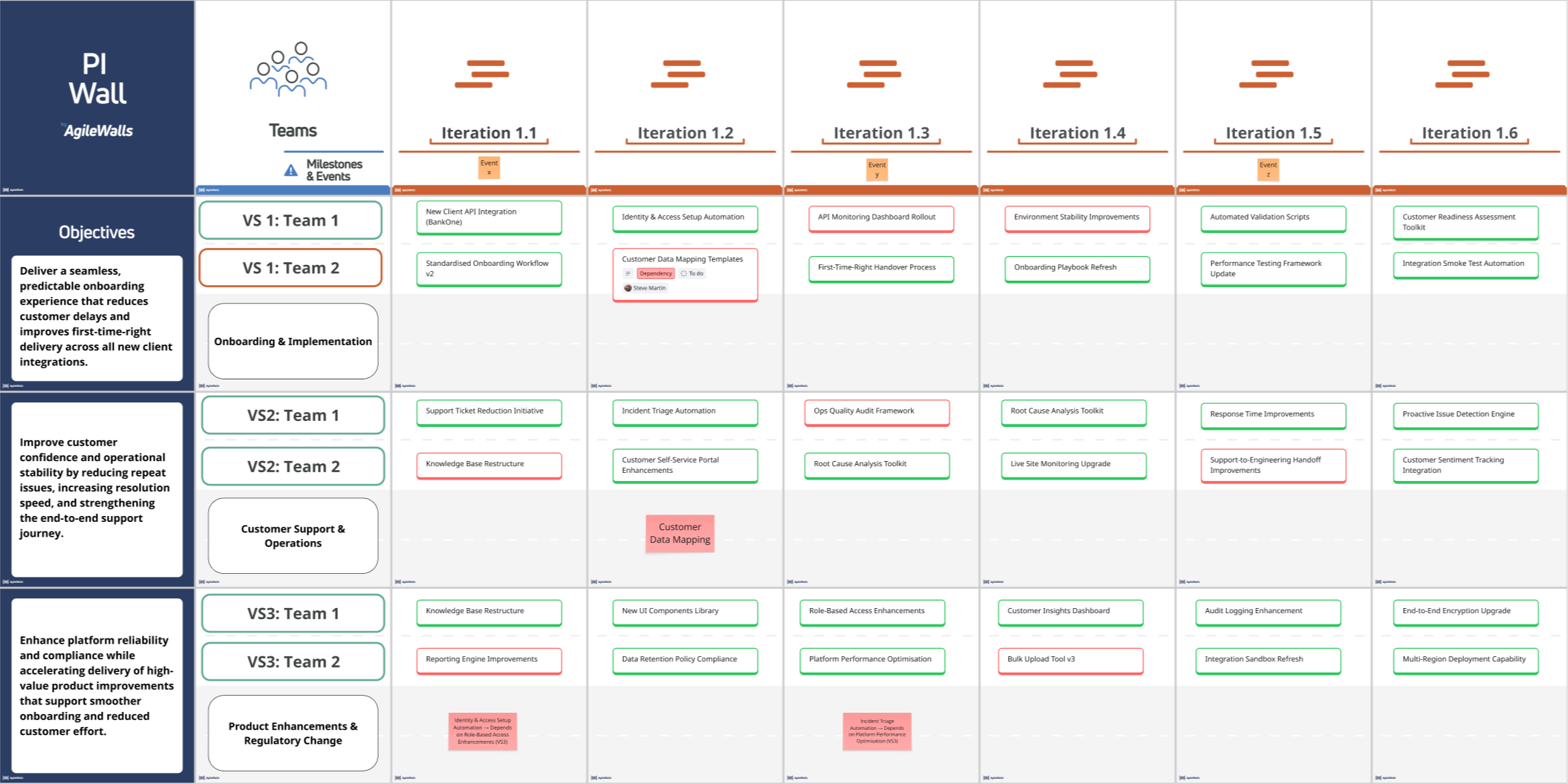WATCH DEMO
See How Strategic Visual Management Works in Practice
A practical walk-through of how the full system brings strategy, customers, performance, process, improvement, and action together in one place — across every level of the organisation.
This demo uses fictional data to show how visual management works across an organisation.
As Trusted By:


Strategy Wall
A clear view of where we’re going, why it matters, and the progress we’re making.

Customer Wall
A simple way to see what customers are experiencing, saying, and struggling with.

Portfolio Wall
A shared picture of value streams, key features, risks, and delivery signals that shape decisions.

Performance Wall
A straightforward view of operations and key customer performance, to identify where attention is needed.

Improvements Wall
A place to capture, test, and track changes that actually move things forward.

Action Wall
A visible list of decisions, owners, and follow-ups so nothing gets lost or forgotten.
Are we putting our energy behind the right things?
Leadership look at the three strategic objectives and notice all current work sits under two of them. The discussion focuses on whether Objective 3 still matters, whether it’s under-resourced, or whether it needs to be dropped.
A straight conversation with the full picture visible.

What are customers actually struggling with right now — and where’s the evidence?
A spike in onboarding complaints appears across two value streams. Teams bring in real customer examples.
The room discusses whether this is a design flaw, a communication issue, or a process gap.
The outcome is a clear decision on where to investigate first.


What’s blocking the flow across our value streams — and what needs attention this week?
Northbridge’s “Onboarding and Implementation” value stream shows three epics marked as ‘slipping’. The signals highlight an integration dependency waiting on another value stream.
Instead of sending emails for two weeks, the group decide who will escalate, what will be asked, and by when.
Everyone leaves with clarity.

What’s stable, what’s slipping, and what’s about to become a problem?
The team notice that cycle time has been stable for five weeks but defect rates doubled in the last sprint.
They discuss whether the pressure from a leadership date push is causing quality shortcuts.
A practical decision is made to slow the release cadence for one cycle to protect stability.
Why Organisations Use Strategic Visual Management
Most organisations aren’t short of information — they’re drowning in it. What they lack is shared understanding.
Visual Management solves that by bringing the important things into one place so people can make better decisions, faster.
Here are the problems we see again and again:
Teams and leadership don’t share the same picture
Everyone sees a different version of reality, depending on their reports, tools, and meetings.
The room creates a single, shared view of priorities, progress, and risks so conversations are based on facts, not filtered updates.
Information is scattered across too many tools
Jira, Confluence, slide decks and spreadsheets all hold pieces of the truth, but no-one sees the whole.
The walls pull out the essential signals from your existing tools and make them visible in one place for everyone.
Issues surface too late
Risks and delays are only spotted when dates are already slipping and pressure is high.
Regular reviews of signals, blockers, and trends make emerging problems visible early, when they’re still easy to act on.
Strategy and delivery is misaligned
Teams are busy, but it’s not always clear how their work connects back to strategic outcomes.
The walls link objectives, customer outcomes and portfolio work so people can see exactly how delivery supports strategy.
Too many meetings, with great time burden on everyone
People spend hours in updates that don’t always lead to clear decisions or follow-through.
The room becomes the single place where information is reviewed, decisions are made, and actions are captured visibly.
Improvements have to go through a long-winded project process
Useful ideas get stuck in governance or never make it past discussion.
The system encourages small, low-friction experiments and tracks their impact so improvements become part of everyday work.
What Impact Does This Have On Your Organisation?
Decisions slow down and opportunities are missed.
- Leaders don’t have one clear picture, so decisions drag on.
- Risks are spotted late, so you’re reacting instead of anticipating.
- Opportunities stall because nobody is confident enough to commit.
Costs rise while time and effort is wasted.
- Teams invest time in work that isn’t clearly linked to outcomes.
- Rework increases because problems are spotted too late.
- Meetings multiply to “align” people who never see the same view.
Engagement drops and trust quietly erodes.
- Teams feel busy but not effective.
- Leaders feel they aren’t getting the full story.
- People eventually stop raising issues because nothing changes.
Who This Is For
-
COOs and transformation leaders
-
Heads of Portfolio / Strategy
-
Agile Coaches and delivery leaders
-
Organisations with distributed teams
-
Anyone wanting clearer alignment and faster decisions
Book a Strategic Visual Management Workshop
This 60-minute session gives your leadership team a clear view of how modern visual management actually works in practice — and what this would look like in your organisation.
If you want to explore whether this is the right approach for you, book a workshop slot below.
Book a Workshop SlotFrequently Asked Questions
No. This is a practical way of working that brings strategy, delivery, and improvement together in one place. It doesn’t replace your existing tools — it gives you a clearer way to see and discuss what’s actually happening.
No. Some organisations prefer a physical space, but many run this entirely digitally. The core value is the shared visibility and rhythm — not the room.
No. This sits above your existing tools. Jira and Confluence remain your source of detail. The system pulls out the essential signals so leaders and teams can see the whole picture without digging.
No — it usually reduces meetings. Most organisations already have too many meetings with very little clarity. This gives you focused conversations where decisions are made and actions are captured, reducing the need for many others.
Updates happen as part of your existing rhythms — weekly reviews, portfolio sessions, and regular team check-ins. It replaces slide decks and ad-hoc reporting rather than adding new admin.
Most teams see value in the first session — simply by looking at the same picture and discussing real issues openly. From there, decisions become clearer and signals become easier to act on.
It works across all levels. Leadership use it for alignment and decisions. Teams use it to manage flow, surface risks, and stay connected to strategy.
Yes. The system was built for remote and hybrid environments. The room becomes a shared digital workspace with the same clarity and rhythm.
It doesn’t have to be. Many organisations start with a small pilot — one value stream or one leadership team — and only scale once they’ve seen real impact.
That’s common. In those cases, we start small with a focused workshop or pilot. When leaders see their own data and conversations in this format, buy-in usually follows quickly.

